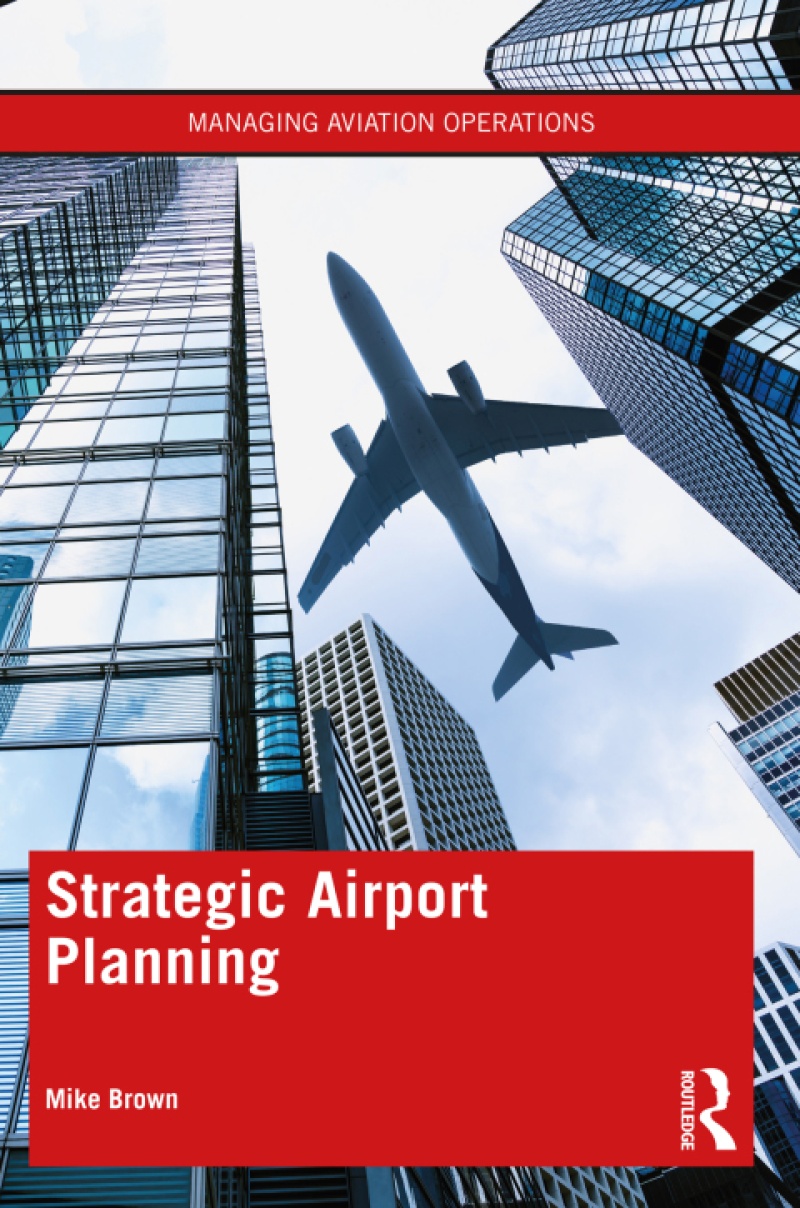This book will explore a new approach to airport planning that better
captures the complexities and velocity of change in our contemporary
world. As a result, it will lead to higher performing airports for
users, business partners, investors and other stakeholders. This is
especially pertinent since airports will need to come back better from
the Covid-19 pandemic. The book explains the importance of
articulating a clear strategy, based on a rigorous analysis of the
competitive landscape while avoiding the pitfalls of ambiguity and
‘virtue signalling’. Having done so, demand forecasts can be
developed that resemble S-curves, not simple straight lines, that
reflect strategic opportunities and threats from which a master plan
can be developed to allocate land and capital in a way that maximizes
return on assets and social licence. The second distinctive feature of
this book is the premise that planning an airport as an island, a
fortress even, does not work anymore given how interconnected airports
are with other components of the transportation system, the economies
and communities they serve and the rapid pace of social and
technological change. In summary, the book argues that airport
planning needs to move beyond its traditional boundaries. The book is
replete with real examples from airports of all sizes around the world
and includes practical advice and tools for executives and managers.
It is recommended reading for individuals working in the airport
business or the broader air transport industry, members of airports’
board of directors, who may be new to the business, elected officials,
policy makers and urban planners in jurisdictions hosting or adjacent
to airports, regulators, economic development professionals and,
finally, students.
Les mer
Produktdetaljer
ISBN
9781000555967
Publisert
2022
Utgave
1. utgave
Utgiver
Vendor
Routledge
Språk
Product language
Engelsk
Format
Product format
Digital bok
Forfatter
